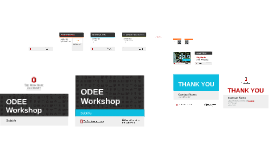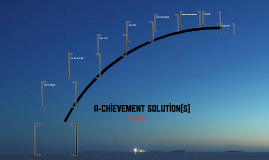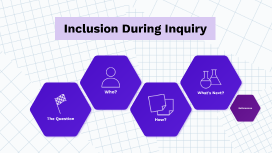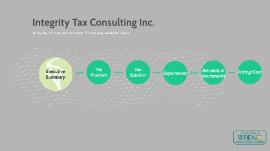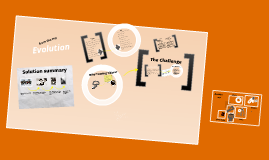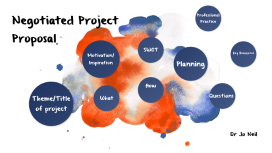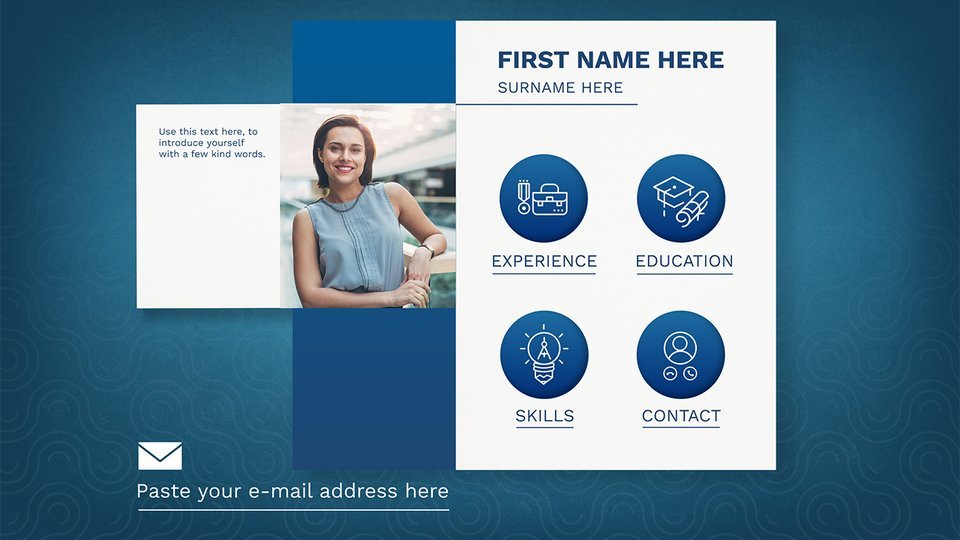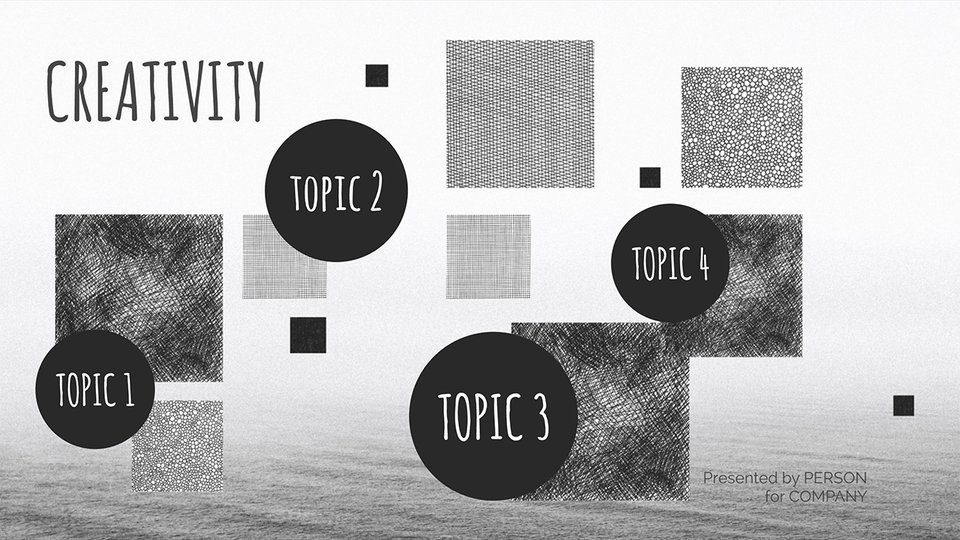Proposal template
Transcript: The Challenge Why Taming Tigers? 1 Day Experiential Equine workshop - Step away from the day-to-day and work as a team on a challenge which is stretching for everyone Build understanding of your own Tiger and the Tigers within the team, plus strategies to tame him Experience the "Hero's Journey" in one day in order to anticipate the journey of change you are about to experience Put yourself to the test physically and mentally with support from your colleagues One to one consultation and coaching over 6 weeks SMT members will: Build an intensive relationship of trust and openness with their facilitators Become very honest with themselves about their personal blocks, attitudes and Tigers (and develop strategies to minimise them) Understand their contribution to the team and to the success or failure of the Evolution project Commit, hearts and minds, to the project by identifying the business critical and personally critical outcomes of the project Team Contract workshop: Aligning the team behind a shared goal, team rules and a powerful sense of purpose and momentum (with roadmap) to deliver on the vision The result is a contract, signed, owned and policed by the the team itself which defines exactly what is required to achieve success and how to get there Tigers are tamed, rulebooks re-written, the team is out on the pitch Quarterly review: Setting the compass together makes the Tiger roar. Delivering on the contract agreed makes him roar again. During 2013 we will help the SMT maintain momentum, address obstacles, upgrade the team culture and apply the 10 Rules to tame the Tiger who WILL roar if the goal is bold enough...which it is. Group of peers, reporting from their silos Differing levels of commitment to the goal Resistance to change, fear of change "This is how we do it here" "Who can I blame?" Senior executives Distrust of each other "This isn't going to affect me" "We can do this without assistance" Team driving forward the ambition Completely aligned Out on the track "How can we do it better?" "I am responsible" Team of inspirational leaders Trusting each other to deliver "I am part of creating the future" "To achieve this we must change...and that means accepting help" (cc) photo by Metro Centric on Flickr doodles We aren't neutral - we are as responsible for delivering your ambition as you are This is what we do. We help leadership teams to set and achieve their bold goals We are business focused. This isn't a "jolly", a conventional "team offsite" or a "team building" programme. It is about business We are experts in our field (4 books published, 150 years combined experience in the change industry, additional 150 years experience in business and public sector leadership roles) But don't just take our word for it... From notes Steve Hardy, Chief Executive, AXA Personal Lines Experiential workshop - 2 days Quarterly review - 4 x half day sessions To The current reality... Notes "It's stunning how it's worked. Our organisational goal and the words Taming Tigers are everyday phrases now. We are seeing real change." Evolution (cc) photo by jimmyharris on Flickr (cc) photo by Franco Folini on Flickr Double click to crop it if necessary Bold ambition The very shape of the business needs to change The SMT is under scrutiny - Is it a strong team? Does it believe in the vision? Is it trusted to lead this change? The SMT needs to become even more sophisticated to succeed The full SMT will be in place by September - the clock is ticking outlook from the top (Note to SMT) You will need to be: Fully committed to the "Amazon" vision Speak honestly (the process will support that) Learn how to tame the Tiger Be willing to try something different Commit the time to driving forward the vision Treat us as part of the business, an extension of your team Team Contract workshop - 3 days offsite plus action steps Option 1 investment: Experiential phase: £6750 Consultation phase: £13,500 Team Contract workshop: £19,850 Quarterly review: £12,000 TOTAL: £52,100 plus VAT and expenses Includes: 16 months of support from Taming Tigers for the SMT to re-write industry rulebooks and drive forward the new business vision as a team A tried and tested process made bespoke for you A combination of individual development, team bonding, experiential learning and open, honest dialogue facilitated by world class experts A committed team at Taming Tigers who will not only help you set the team's compass but achieve the goal, whatever it takes photo frame The objectives - Consultation and Coaching - 3 x 2 hours over 6 weeks Place your own picture behind this frame! (cc) photo by Metro Centric on Flickr details map Option 2 investment: Experiential phase: £6750 Team Contract workshop: £24,750 TOTAL: £31,500 plus VAT and expenses Includes: 2-3 months of support from Taming Tigers for the SMT to re-write industry rulebooks and identify the roadmap to drive forward the new business vision as a team A tried and tested process made bespoke






